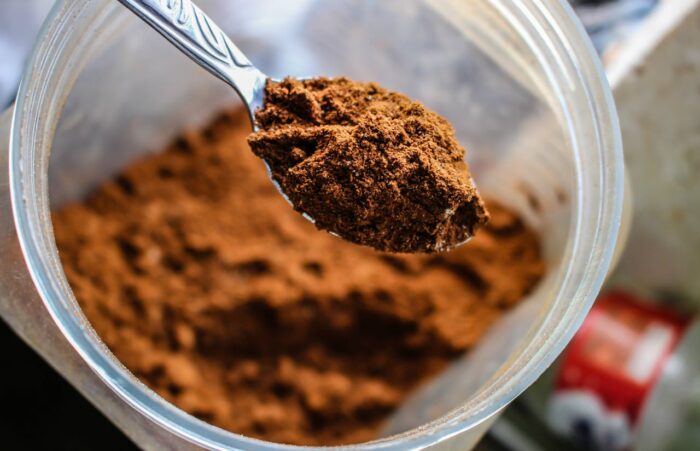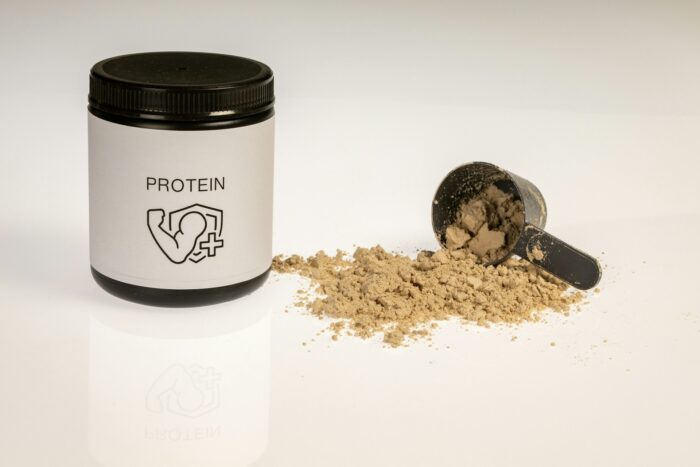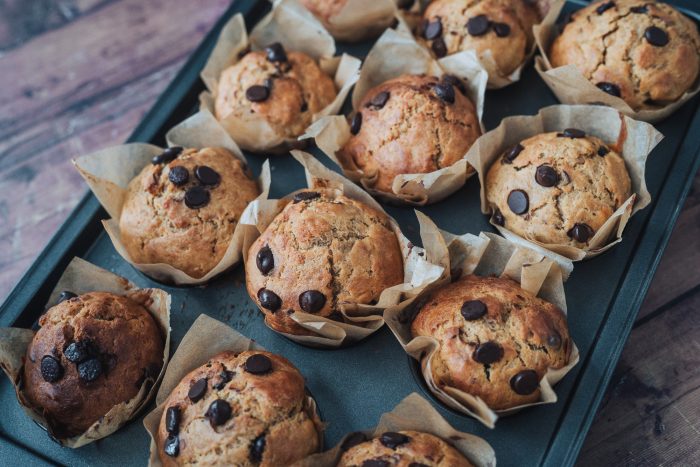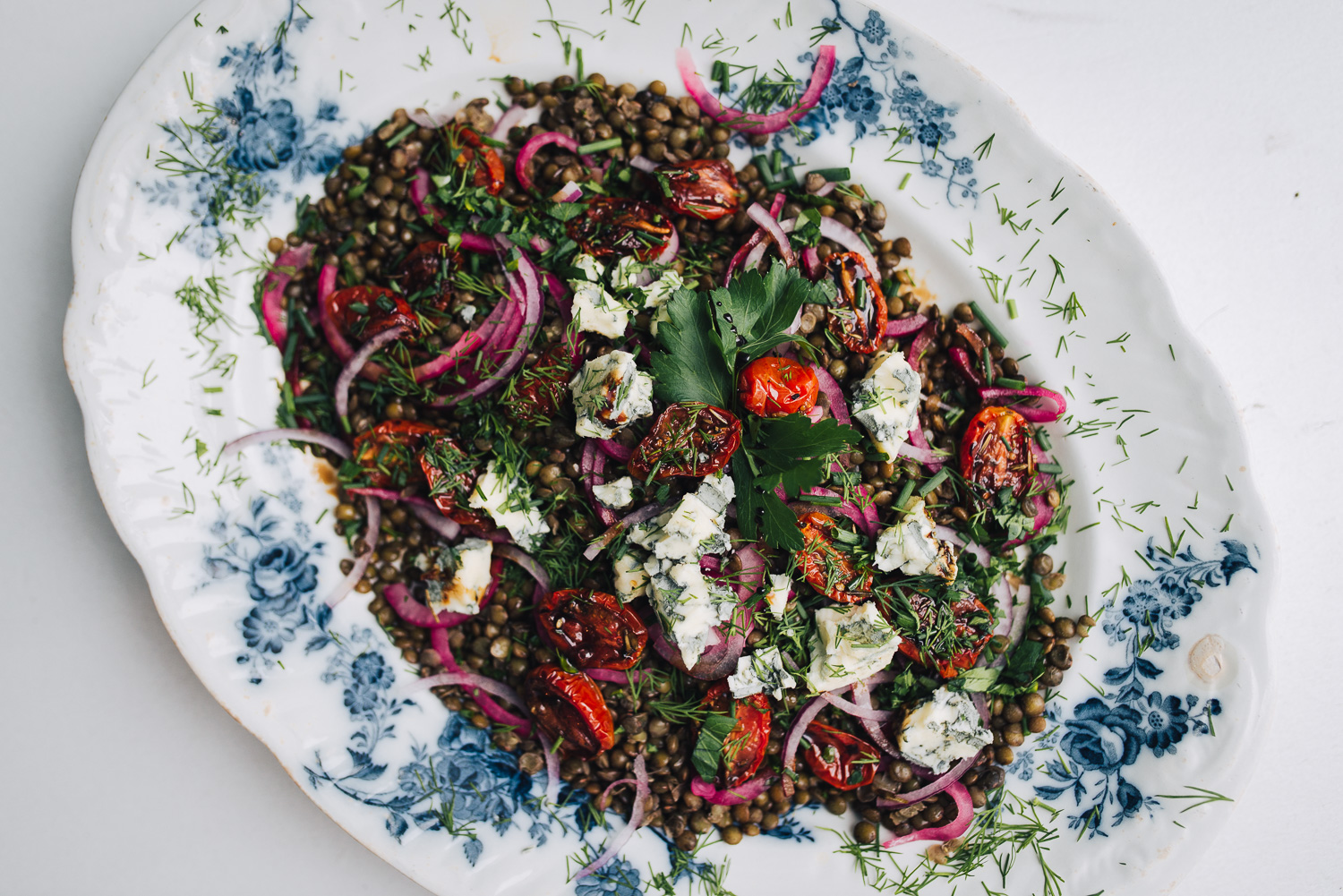Baking can be one of life’s greatest joys, but traditional baked goods often come with a nutritional compromise, like high sugar, refined flour, and little protein. For those looking to maintain muscle, support weight management, or simply increase daily protein intake, there’s a simple solution: adding protein powder.

Photo by Samer Daboul
Baking with protein powder doesn’t just increase the nutrient content; it can improve satiety, stabilize blood sugar, and provide a satisfying boost to your diet. The key is knowing which protein powders work best, how to adjust your recipes, and what types of baked goods are most suitable for protein enhancements.
Why Bake with Protein Powder?
Incorporating protein powder into baked goods offers several benefits:
- Supports muscle health: Provides essential amino acids for muscle repair and growth.
- Promotes fullness: Protein slows digestion and helps reduce snacking on high-sugar treats.
- Balances nutrition: Transform indulgent recipes into more nutrient-dense options.
- Flexible and convenient: Protein powder is easy to store and integrate into sweet or savory dishes.
A high-quality option like this grass-fed whey protein powder provides 25 grams of protein per scoop without fillers or artificial additives, making it ideal for a wide range of recipes.

Photo by Aleksander Saks
Tips for Successful Protein Baking
Baking with protein powder is not always a straight swap for flour. Here are some tips to get it right:
1. Use the Right Protein Powder
Whey protein works well for most baked goods due to its mild flavour and smooth texture. Other protein powders, like plant-based blends, may require recipe adjustments for moisture or binding.
2. Adjust Liquid Ingredients
Protein powder absorbs more liquid than flour. If your batter feels too thick, add a bit more milk, water, or oil to achieve the right consistency.
3. Don’t Overbake
Protein-rich recipes can dry out faster than traditional ones. Check your baked goods a few minutes earlier than the original recipe suggests.
4. Combine with Other Flours
Mixing protein powder with whole wheat, oat, or almond flour can improve texture and flavour, resulting in a more familiar and satisfying final product.
5. Experiment with Sweeteners and Flavours
Add natural sweeteners like honey, maple syrup, or mashed banana, and flavour boosters such as cinnamon, cocoa, or vanilla extract to enhance taste without compromising protein content.
High-Protein Baking Recipes
Here are some practical, lifestyle-friendly baked goods you can make with whey protein.
1. Protein Banana Bread
Give banana bread a protein boost to transform it into a great breakfast or snack. Protein per slice: ~10–12g (depending on number of slices)
Ingredients
- 2 ripe bananas, mashed
- 2 eggs
- ½ cup oats
- 1 scoop whey protein powder
- 1 tsp baking powder
- Optional: 2 tbsp nuts or dark chocolate chips
Preparation
Preheat oven to 180°C (350°F). Mix all ingredients until smooth. Pour into a greased loaf tin. Bake for 25–30 minutes or until a toothpick comes out clean.

2. Protein Pancakes
These pancakes are ideal for breakfast, brunch, or a quick post-workout meal. Freeze extras for busy mornings. Protein per serving: ~20–25g for 2–3 pancakes
Ingredients
- 1 banana
- 2 eggs
- 1 scoop whey protein powder
- ½ tsp baking powder
- ¼ tsp cinnamon (optional)
Preparation
Mash the banana and whisk in eggs. Add whey protein and baking powder, mixing until smooth. Cook small pancakes on a non-stick pan over medium heat for 2–3 minutes per side.
3. Protein Muffins
Muffins are easy to batch cook and convenient to grab on the go, making them perfect for busy days. Protein per muffin: ~12–15g.
You can also try this Peanut Butter & Banana muffins and incorporate protein powder into the recipe.
Ingredients
- 1 cup oats
- 1 scoop whey protein powder
- 2 eggs
- ½ cup milk
- 1 tsp vanilla extract
- 1 tsp baking powder
- Optional: blueberries, raspberries, or chocolate chips
Preparation
Preheat oven to 180°C (350°F). Blend all ingredients until smooth. Pour into muffin cases. Bake 15–20 minutes until golden.

4. Protein Flapjacks
Flapjacks provide a portable protein option, perfect for snacks at work, after school, or on a hike. Protein per bar: ~10g
Ingredients:
- 2 cups oats
- ½ cup nut butter
- ¼ cup honey or maple syrup
- 1 scoop whey protein powder
- Optional: dried fruit or seeds
Preparation
Mix all ingredients in a bowl until sticky and combined. Press into a lined baking tray. Bake at 180°C (350°F) for 15–20 minutes. Cool before cutting into bars.
Creative Ways to Incorporate Protein Powder
- Add to Smoothie Bowls: Mix whey into your smoothie base before topping with fruit and seeds.
- Mix into Oats: Stir protein powder into overnight oats or morning porridge.
- Enhance Savoury Baking: Add unflavoured whey to muffins or breads to increase protein without changing flavour significantly.
- Blend into Coffee or Hot Chocolate: A scoop of protein powder can transform a beverage into a nourishing mini-meal.
Practical Tips for Busy Bakers
- Batch cook: Make muffins, flapjacks, or pancakes in bulk and freeze for later.
- Keep ingredients ready: Pre-measure dry ingredients for faster assembly.
- Use versatile flavours: Vanilla or unflavoured whey works in most recipes, sweet or savoury.
- Track protein intake: Label baked goods with approximate protein content to help reach daily goals.

Photo by Sincerely Media
Final Thoughts
Baking with protein powder is a practical, enjoyable way to increase your daily intake without sacrificing taste or texture. From banana bread to muffins, flapjacks, and pancakes, protein-enriched baked goods offer flexibility for breakfast, snacks, or even dessert.
A high-quality whey protein makes this process simple and reliable, providing a clean, versatile option for a variety of recipes.
By experimenting with recipes and keeping protein-rich ingredients on hand, anyone can create delicious, nutrient-dense baked goods that support energy, satiety, and overall health, all without compromising flavour. Baking with protein powder is more than just a trend; it’s a smart, sustainable approach to everyday nutrition.









